
 Dreams of Other Worlds
Dreams of Other Worlds
Dreams of Other Worlds
The Amazing Story of Unmanned Space Exploration

Chris Impey and Holly Henry
Princeton University Press
Princeton and Oxford
Copyright 2013 by Princeton University Press
Published by Princeton University Press,
41 William Street, Princeton, New Jersey 08540
In the United Kingdom: Princeton University Press,
6 Oxford Street, Woodstock, Oxfordshire OX20 1TW
press.princeton.edu
Jacket Illustrations: Planet with sunrise on the background of stars. Molodec. Courtesy of Shutterstock. Artists rendering of the planet Kepler-22b, located in the habitable zone of the Kepler-22 star system. Courtesy of NASA/Ames/JPL-Caltech.
All Rights Reserved
ISBN 978-0-691-14753-6
Library of Congress Control Number: 2013939381
British Library Cataloging-in-Publication Data is available
This book has been composed in Sabon and Helvetica Neue
Printed on acid-free paper
Printed in the United States of America
10 9 8 7 6 5 4 3 2 1
 Contents
Contents
 Dreams of Other Worlds
Dreams of Other Worlds
 Introduction
Introduction
SOMEONE WHO MISSED the late part of the twentieth century, perhaps by being in a coma or a deep sleep, or by being marooned on a desert island, would have many adjustments to make upon rejoining civilization. The largest would probably be the galloping progress in computers and telecommunications and information technology. But if their attention turned to astronomy, they would also be amazed by what had been learned in the interim. In the last third of the century, Mars turned from a pale red disk as seen through a telescope to a planet with ancient lake beds and subterranean glaciers. The outer Solar System went from being frigid and uninteresting real estate to being a place with as many as a dozen potentially habitable worlds. They would be greeted by a cavalcade of exoplanets, projecting to billions across the Milky Way galaxy. Their familiar view of the sky would now be augmented by images spanning the entire electromagnetic spectrum, revealing brown dwarfs and black holes and other exotic worlds. Finally, they would encounter a cosmic horizon, or limit to their vision, that had been pushed back to within an iota of the big bang, and they would be faced with the prospect that the visible universe might be one among many universes.
This book is a story of those discoveries, made by planetary probes and space missions over the past forty years. The word world means age of man in the old Germanic languages, and that proximate perspective took centuries to expand into a universe filled with galaxies and stars and their attendant planets. The missions at the heart of this narrative have not only transformed our view of the physical universe, theyve also become embedded in culture and inspired the imaginationthis book is also a story about that relationship. But people were dreaming of other worlds long before the space program and modern astronomy.
Almost nothing written by Anaxagoras has survived, so we can only imagine his dreams. He was born around 500 BC in Clazomenae in Ionia, a bustling port city on the coast of present-day Turkey. Before he moved to Athens and helped to make it the intellectual center of the ancient world, and long before he was sentenced to death for his heretical ideas, we can visualize him as an intense and austere young man. Anecdotes suggest someone who was far removed from the concerns of everyday life. He believed that the opportunity to understand the universe was the fundamental reason why it was better to be born than to not exist.
Anaxagoras mind was crowded with ideas. Philosophy is based on abstractionthe power to manipulate concepts and retain aspects of the physical world in your head. He believed that the Sun was a mass of fiery metal, that the Moon was made of rock like the Earth and did not emit its own light, and that the stars were fiery stones. He offered physical explanations for eclipses, for the solstices and the motions of the stars, and for the formation of comets. He thought the Milky Way represented the combined light of countless stars. We imagine him standing on the rocky Ionian shore at night, with starlight glittering on dark water, gazing up into the sky and sensing the vastness of the celestial vault. The dreams of such a powerful and original thinker were probably suffused with the imagery of other worlds.
This is speculation. As with most of the Greek philosophers, and especially the pre-Socratics, very little of their writing has come down to us unaltered. Typically, there are only isolated fragments and commentaries, sometimes by contemporaries and often written centuries later. Each historical interpreter added their own predilections and biases; the result is a view of the original ideas seen through a gauzy veil.
Radical ideas often come with a price. For daring to suggest that the Sun was larger than the Peloponnese peninsula, Anaxagoras was charged with impiety. It was a startling conjecture.
The next two thousand years saw the idea of the plurality of worlds ebb and flow, as different philosophical arguments were presented and were molded to accommodate Christian theology.
For more than a millennium it was dangerous in Europe to espouse the idea of fully fledged worlds in space with life on them. Throughout medieval times, the Catholic Church considered it heresy. There was an obvious problem with this position: if God was really omnipotent, why would he create only one world? Thomas Aquinas resolved the issue by saying that although the Creator had the power to create infinite worlds, he had chosen not to do so, and this became official Catholic doctrine in a pronouncement of the Bishop of Paris in 1177. Nicolas of Cusa sorely tested the bounds of this doctrine. In 1440, he produced a book called Of Learned Ignorance where he proposed that men, animals, and plants lived on the Sun, Moon, and stars. He further claimed that intelligent and enlightened creatures lived on the Sun while lunatics lived on the Moon. Its said that friendship with the Pope shielded him from repercussions, and he went on to become a cardinal.
Giordano Bruno was less fortunate. The lapsed Dominican monk had deviated from Catholic orthodoxy in a number of ways, but his espousal of the Copernican system, which displaced the Earth from the center of the universe, brought him extra scrutiny. He believed that the stars were infinite in number, and that each hosted planets and living creatures.pertinacious heretic. Religion had cast an ominous shadow over the idea of the plurality of worlds.
The same year Bruno was put to death, a twenty-nine-year-old mathematician named Johannes Kepler, an assistant to Tycho Brahe, was working with data that would cement the Copernican model of the Solar System. As he published his work on planetary motion in 1609, he dusted off a student dissertation he had written sixteen years earlier, where he defended the Copernican idea by imagining how the Earth might look when viewed from the Moon. Kepler elaborated on his youthful paper and added a dream narrative to turn it into a sophisticated scientific fantasy:
Next page
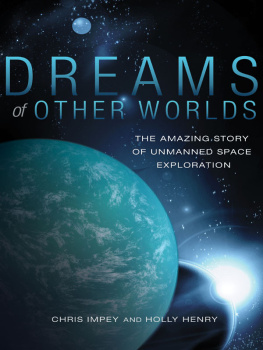
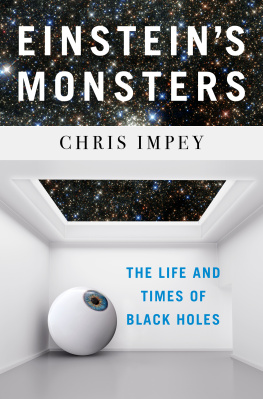
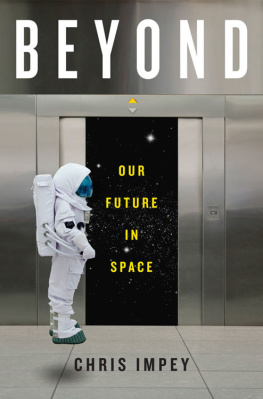



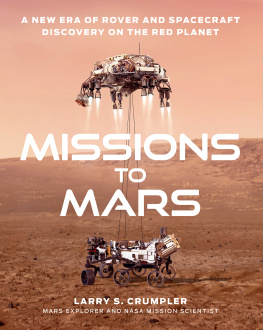

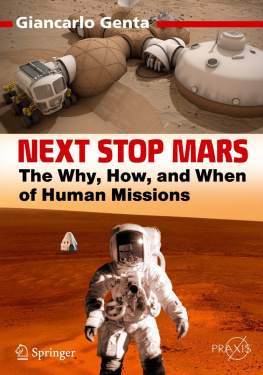
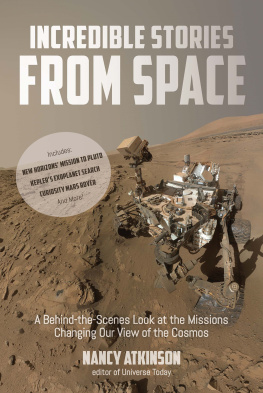
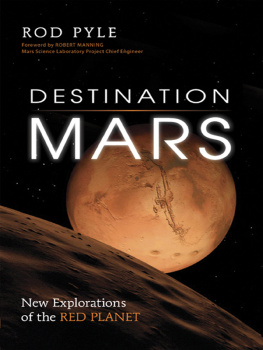

 Dreams of Other Worlds
Dreams of Other Worlds
 Introduction
Introduction